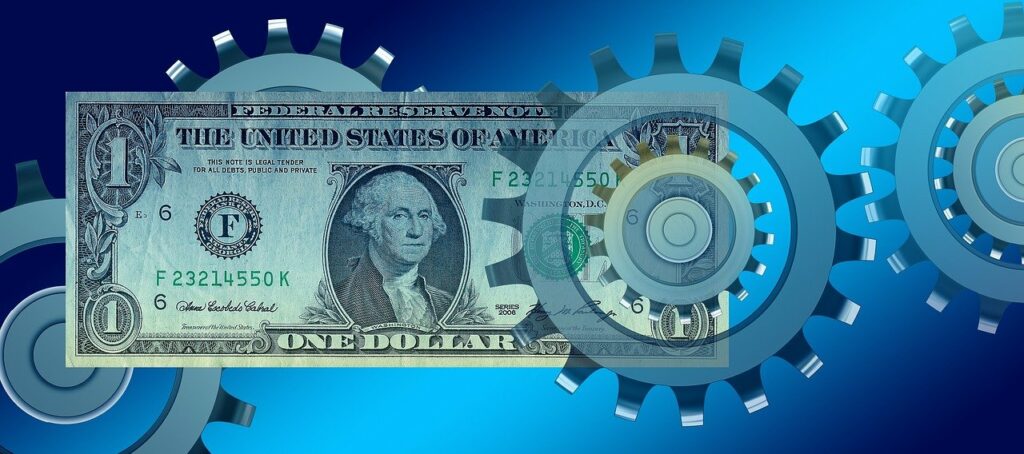This coming March will mark two years since the World Health Organization declared COVID-19 a pandemic. And for American households, still reeling from the effects of numerous restrictive mandates, March could also mark a hike in interest rates.
The U.S. consumer price index soared to a level not seen since 1982, rising 7% last year and impacting the purchasing power of American families. The widely followed inflation gauge exceeded forecasts, rising 0.5% from November. Core prices (excluding food and energy sectors) did the same, jumping 0.6%; an increase of 5.5% from a year earlier and it’s largest increase since 1991.
Before the pandemic, according to Fed Chair Jerome Powell, the U.S. economy was enjoying an 11th year of expansion (the longest on record), unemployment was at a 50-year low, and there were no threats to the nation’s economic expansion. According to Powell, the country’s “attractive” economic picture turned virtually overnight.
Despite the current expansion and recovery, Powell added “challenges remain”. The rapid gains “have also given rise to persistent supply and demand imbalances, and bottlenecks, and to elevated inflation. We know that high inflation exacts a toll, particularly for those less able to meet the higher cost of essentials like food, housing and transportation”, said Powell.
As the unemployment rate has fallen below 4%, some Fed insiders have said that it could be appropriate to begin shrinking the central bank’s balance sheet soon after raising rates.
Said Powell, “over the past four years, the Fed has continued to ensure a strong and resilient financial system. We increased capital and liquidity requirements for the largest banks. And currently, capital and liquidity levels at our largest most systemically important banks are at multi-decade highs.”
All of the numbers point to an interest rate increase in March, which was not being bandied about a few months ago. But the argument is that inflation has shown to be more widespread than the central bank had predicted; the root cause being an unprecedented demand for goods combined with capacity constraints related to labor and material supply.
“We are strongly committed to achieving our statutory goals of maximum employment and price stability”, said Powell.
